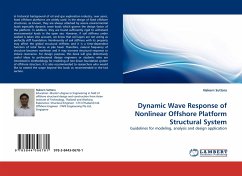The concept of integrating UCAP-based rechargeable energy storage to the DVR system to improve its voltage restoration capabilities is explored. With this integration, the DVR will be able to independently compensate voltage sags and swells without relying on the grid to compensate for faults on the grid. The UCAP integration through a bidirectional dc-dc converter at the dc-link of the DVR is proposed. The power stage and control strategy of the series inverter, which acts as the DVR, are discussed. The control strategy is simple and is based on injecting voltages in-phase with the system voltage and is easier to implement when the DVR system has the ability to provide active power. A higher level integrated controller, which takes decisions based on the system parameters, provides inputs to the inverter and dc-dc converter controllers to carry out their control actions. Designs of major components in the power stage of the bidirectional dc-dc converter are discussed. Average current mode control is used to regulate the output voltage of the dc-dc converter due to its inherently stable characteristic.
Bitte wählen Sie Ihr Anliegen aus.
Rechnungen
Retourenschein anfordern
Bestellstatus
Storno








